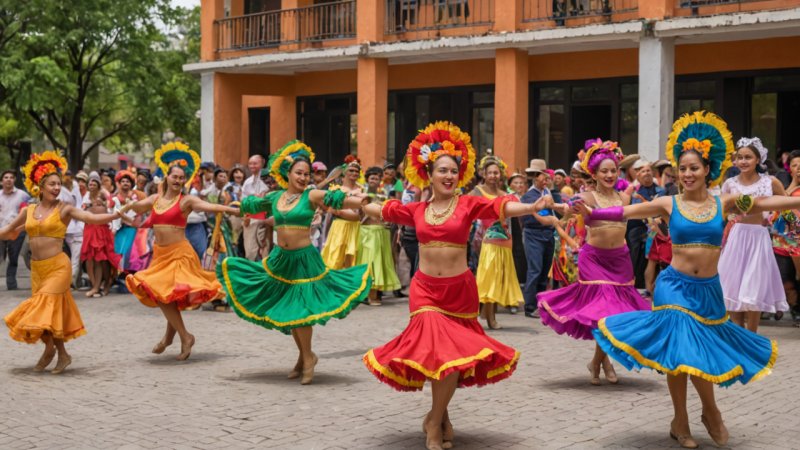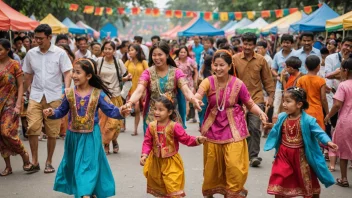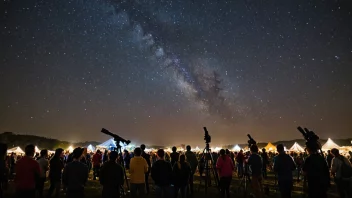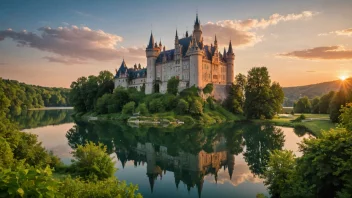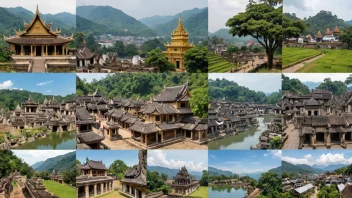Dance is not just an art form in Latin America; it is a vibrant expression of culture, history, and identity. Throughout the diverse regions of this colorful continent, dance embodies the spirit of the people, celebrating their traditions, struggles, and joys. Whether it’s the passionate tango of Argentina, the lively samba of Brazil, or the folkloric dances of Mexico, each movement tells a story. In this article, we explore the significance of dance within Latin American cultures, highlighting key styles, their historical roots, and why experiencing these dances is essential for anyone looking to truly understand the heart of Latin America.
1. Tango: The Dance of Passion and Melancholy
Nurtured in the streets of Buenos Aires, tango is a dance that encapsulates the soul of Argentina. Emerging in the late 19th century, it blends African, European, and indigenous influences, creating a unique emotional depth. Tango is characterized by its close embrace, intricate footwork, and improvisation, reflecting both passion and longing. Visitors to Argentina should not miss the chance to attend a tango show or take a dance lesson, allowing them to embrace the rhythm and history of the dance.
2. Samba: Brazil’s Carnival Spirit
Originating from African rhythms brought to Brazil by enslaved people, samba is the heartbeat of Brazilian culture, especially during the vibrant Carnival festival. This energetic dance is known for its fast-paced movements, colorful costumes, and infectious spirit. Samba schools play a crucial role in communities, where members prepare year-round for the grand parade. For travelers, joining a samba class or experiencing the Carnival firsthand offers an exhilarating glimpse into Brazil’s joyous spirit and cultural unity.
3. Folkloric Dances: Celebrating Heritage
Across Latin America, folkloric dances serve as a celebration of regional identities and cultural heritage. Each country boasts its unique dances that reflect local customs, history, and folklore. For instance, the Jarabe Tapatío (Mexican Hat Dance) showcases Mexico’s rich traditions, while the Marinera from Peru demonstrates the country’s romantic and playful spirit. These dances are often performed during festivals and cultural events, making them a perfect opportunity for travelers to engage with local communities and appreciate their traditions.
4. Cumbia: The Dance of Unity
Cumbia, a dance with roots in Colombia, has evolved over the years, spreading across Latin America and becoming a symbol of unity. This dance blends African, indigenous, and Spanish influences, characterized by its rhythmic beats and lively movements. Cumbia’s adaptability has made it popular in various countries, with each region adding its twist. Participating in a cumbia dance night or festival allows visitors to connect with locals and experience the communal joy that this dance brings.
5. Flamenco: The Art of Expression
Hailing from the Andalusian region of Spain, flamenco is more than just a dance; it is a profound form of artistic expression. Combining guitar, singing, and dance, flamenco conveys deep emotions, often reflecting themes of love, loss, and resilience. Its intricate footwork, hand claps, and passionate movements make it a captivating experience. Travelers to Spain should seek out authentic flamenco performances in local venues, where they can witness the raw energy and artistry of this traditional dance.
In conclusion, dance is an integral part of Latin American cultures, serving as a powerful medium for storytelling and cultural expression. From the passionate tango and exuberant samba to the rich tapestry of folkloric dances, each style invites travelers to delve deeper into the history and spirit of the region. Engaging with these dances not only enhances your travel experience but also fosters a deeper appreciation for the diverse cultures that define Latin America. So, whether you’re dancing in a local festival or watching a performance, allow yourself to be swept away by the rhythm and heart of this enchanting continent.
